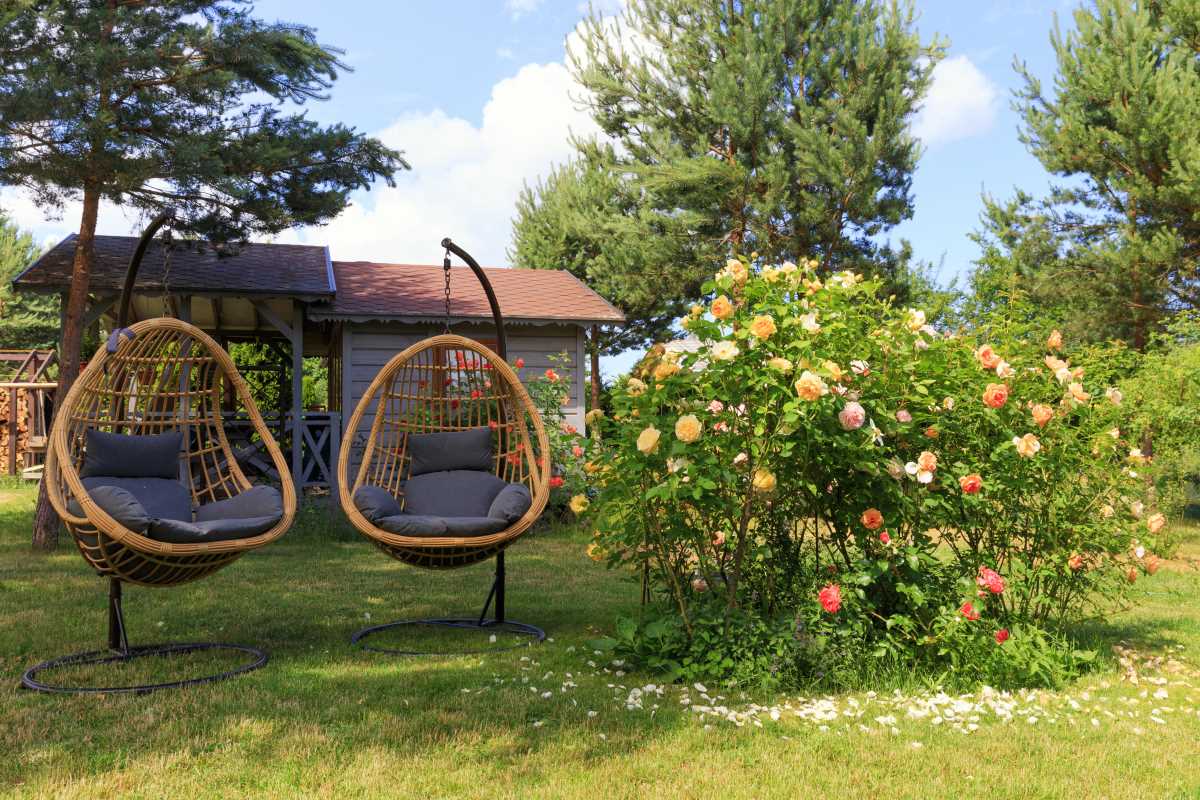A well-maintained yard not only enhances the beauty of a home but also creates a welcoming outdoor space to enjoy throughout the year. Each season brings distinct challenges and opportunities for landscaping, from clearing fallen leaves in autumn to ensuring vibrant blooms in spring. Neglecting seasonal maintenance can lead to overgrown plants, patchy lawns, or even issues like pest infestations. By tailoring care routines to the changing seasons, it’s possible to keep a yard looking fresh, healthy, and inviting year-round. With the right approach, seasonal upkeep can transform a yard into an oasis of beauty and functionality.
Preparing Your Yard for Spring Growth
Spring is the season of renewal, and it’s the perfect time to repair any damage caused over the winter months. Begin by inspecting trees and shrubs for broken or dead branches that may have been damaged by snow or ice. Trimming these areas not only promotes healthier growth but also reduces the risk of falling branches later in the year.
Raking the lawn thoroughly clears away the thatch and debris accumulated during winter. This step prepares the ground for reseeding any bare patches and encourages the soil to breathe. Fertilizing the lawn with a balanced formula nourishes grass as it begins its growing season, ensuring a lush and even appearance.
Planting new flowers, shrubs, or trees in spring sets the stage for vibrant colors and fresh greenery throughout the warmer months. Mulching garden beds helps retain moisture and suppress weeds. Early attention to these tasks gives plants the best chance to thrive while establishing a foundation for a flourishing yard.
Keeping Summer Landscapes Thriving
Summer heat and dryness can take a toll on lawns and plants, making regular watering a crucial part of seasonal maintenance. The most effective time to water is early in the morning, ensuring moisture reaches the roots before the day’s heat causes evaporation. Installing a drip irrigation system or soaker hoses can simplify this process and reduce water waste.
Mowing the lawn during summer prevents overgrowth, but cutting grass too short can leave it vulnerable to drying out and scorching in the heat. Maintaining a slightly longer length provides shade for the soil and helps retain moisture. Deadheading flowers and trimming overgrown shrubs encourage continuous blooms and keep the yard looking tidy.
Weed control is especially important during summer, as weeds compete with grass and plants for nutrients and water. Regularly pulling weeds before they set seeds prevents them from spreading and keeps garden beds and lawns in peak condition.
Preparing the Yard for Fall
Fall is an opportunity to prepare the yard for colder months while improving its overall health. Leaves falling from trees should be raked regularly to prevent them from creating a damp, suffocating layer over the grass. Leaving them unchecked can lead to mold growth or dead patches that are difficult to recover in the spring.
Overseeding the lawn during autumn helps fill in any bare spots and strengthens it to withstand the winter. Fertilizing with a product rich in potassium boosts root growth and enhances the lawn’s resistance to chilly temperatures. Pruning perennials and shrubs before frost sets in promotes healthier regrowth when the weather warms up again.
Autumn is also a good time to plant bulbs that will bloom in spring, such as tulips or daffodils. Adding a layer of mulch over flower beds protects roots from freezing and keeps the soil insulated during the colder months ahead.
Protecting the Yard in Winter
Although plants and lawns are dormant during winter, there are still steps to take to ensure a fresh start come spring. Keeping pathways and driveways clear of snow and ice prevents damage to landscaping edges or garden borders, especially from shovels or plows.
Covering delicate shrubs or young trees with burlap prevents winter burn caused by wind and frost. Applying a thin layer of mulch around the base of plants insulates roots and helps retain moisture when the ground freezes.
Avoid piling snow onto your lawn, as the compacted weight can damage grass and hinder regrowth. Additionally, checking on the yard after storms helps address any snapped tree branches or structural damage to landscaping features before they become larger problems.
Adapting to Local Climate and Weather Patterns
Every yard is unique, and local climates play a significant role in shaping seasonal maintenance routines. Areas with heavy rainfall may need improved drainage systems to prevent standing water, while regions prone to droughts benefit from drought-resistant plants and landscaping designs focused on water conservation.
By tailoring maintenance plans to match specific weather conditions, the yard stays resilient and fresh, no matter what challenges the season brings. Integrating native plants into the landscaping can ease maintenance efforts, as they require less water and are better adapted to the local environment.







